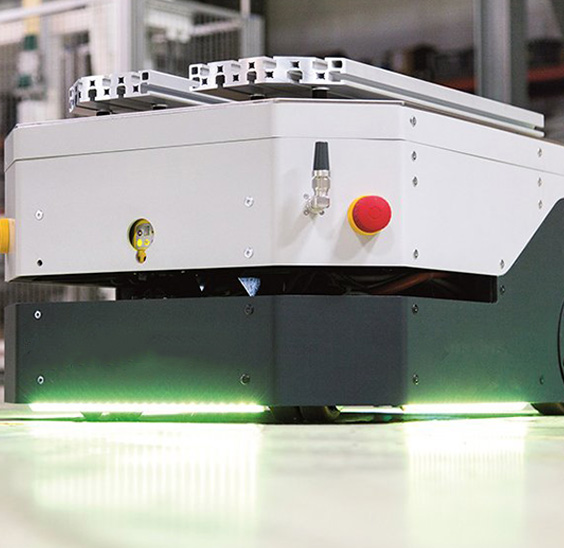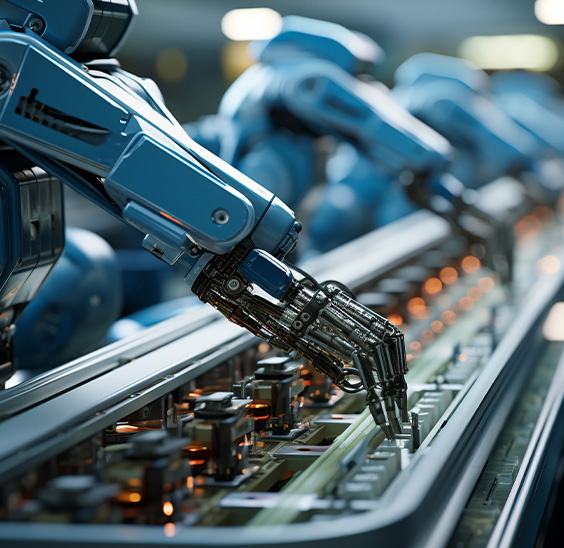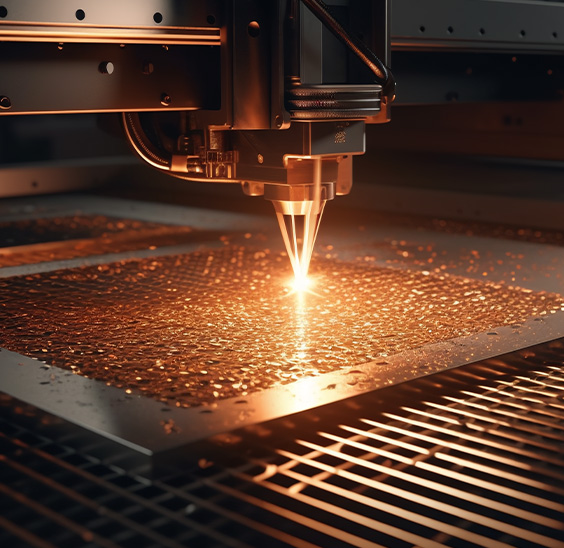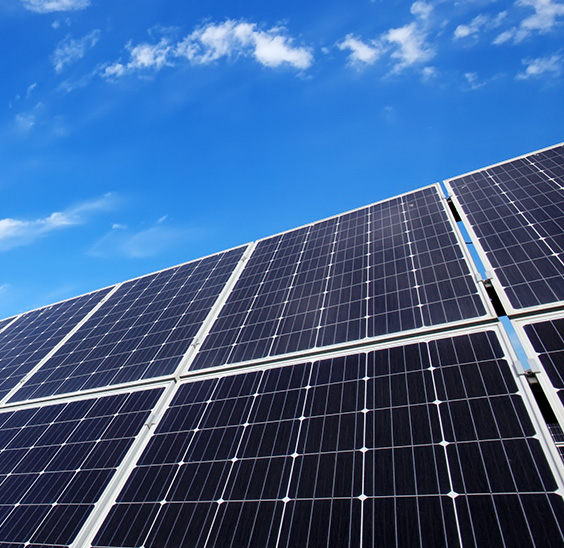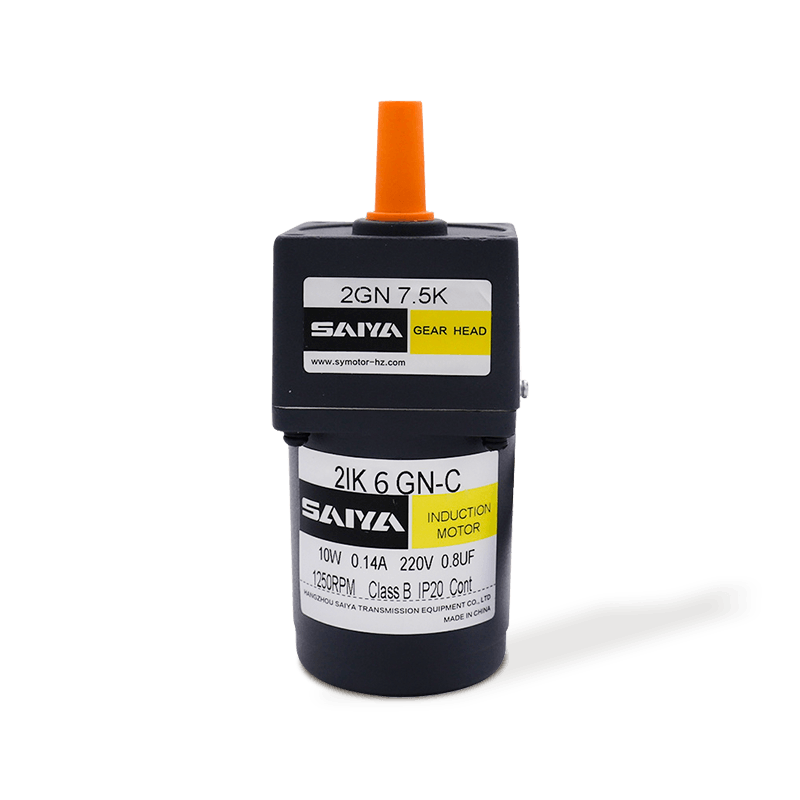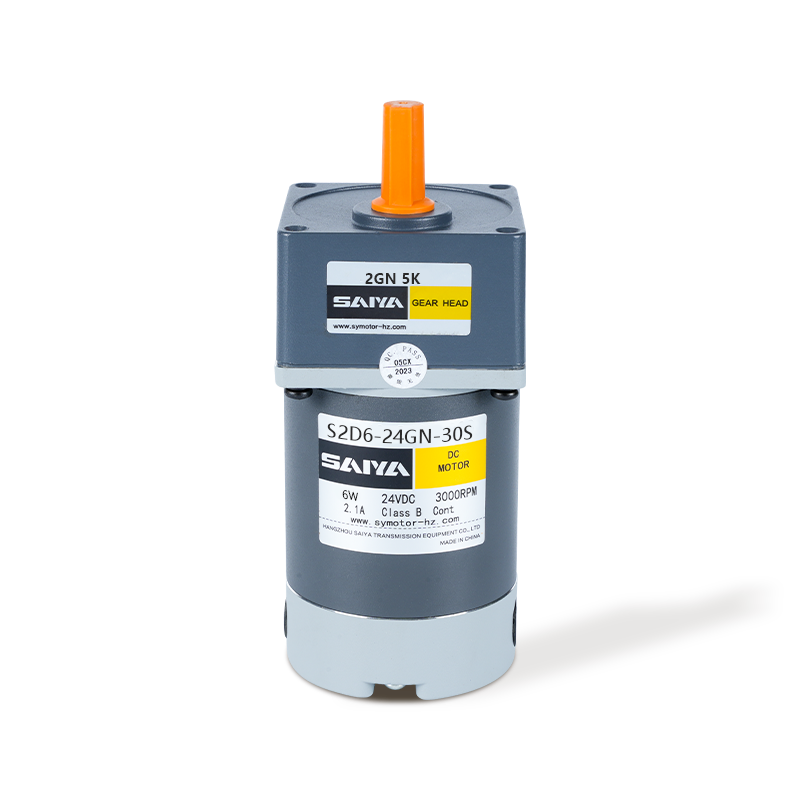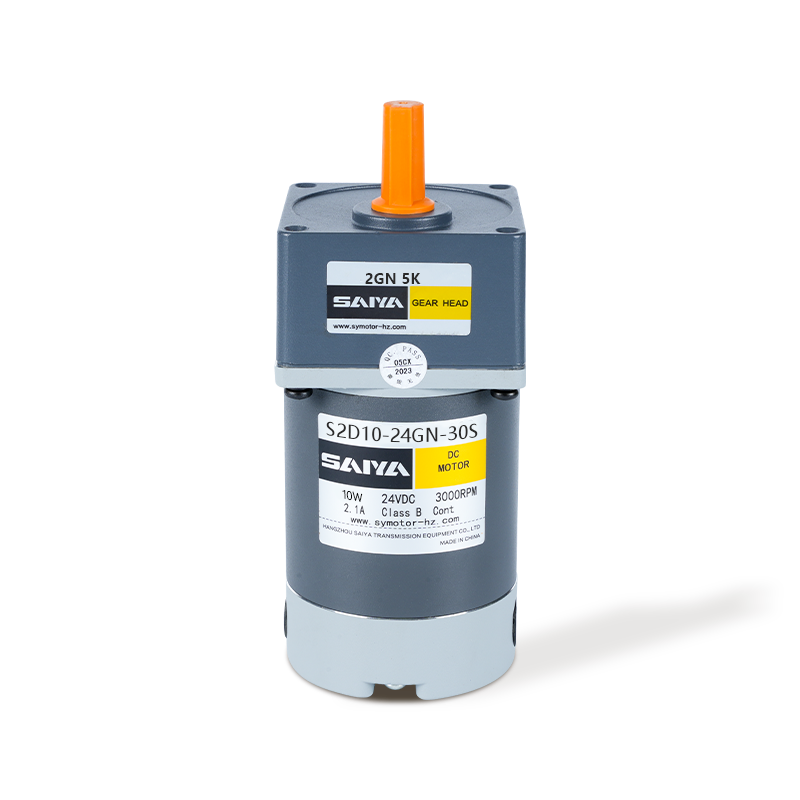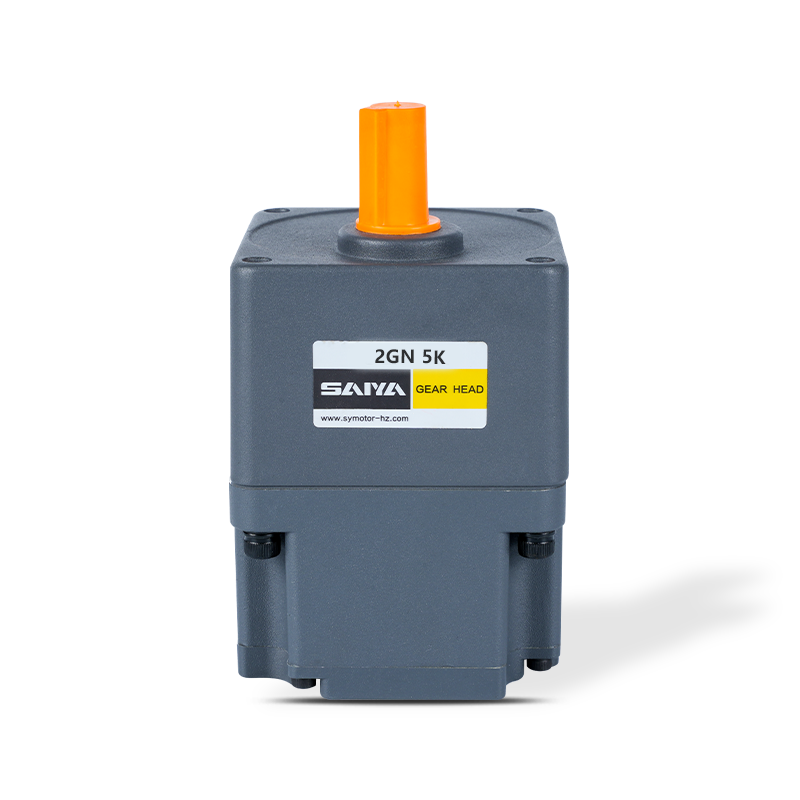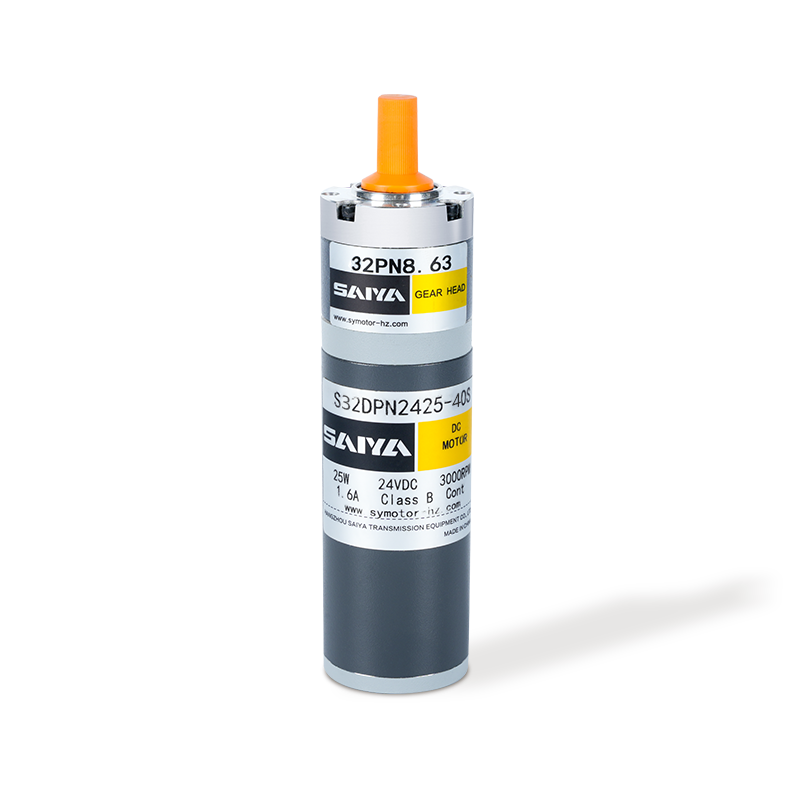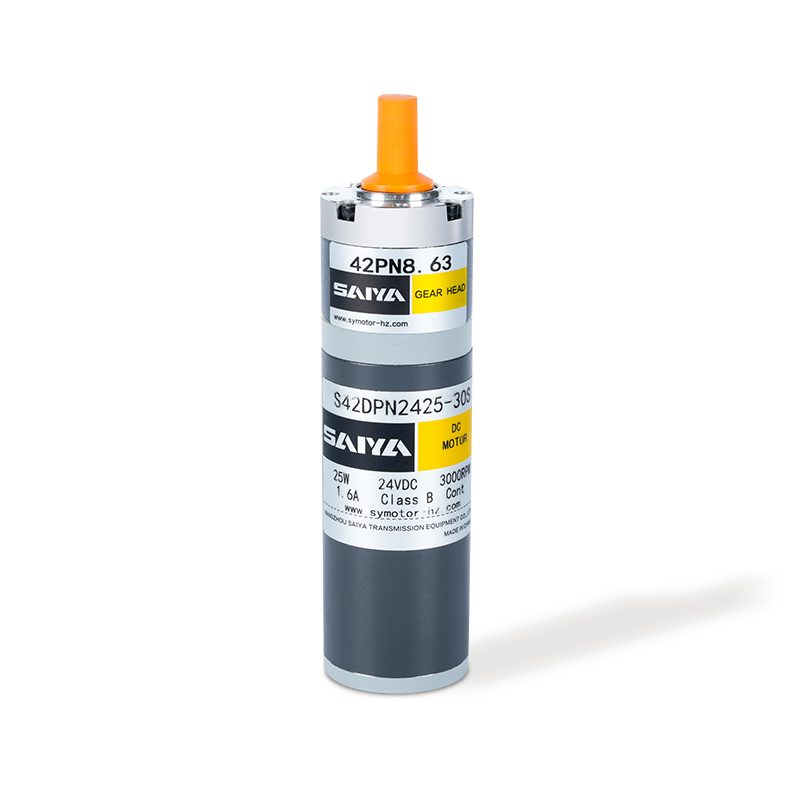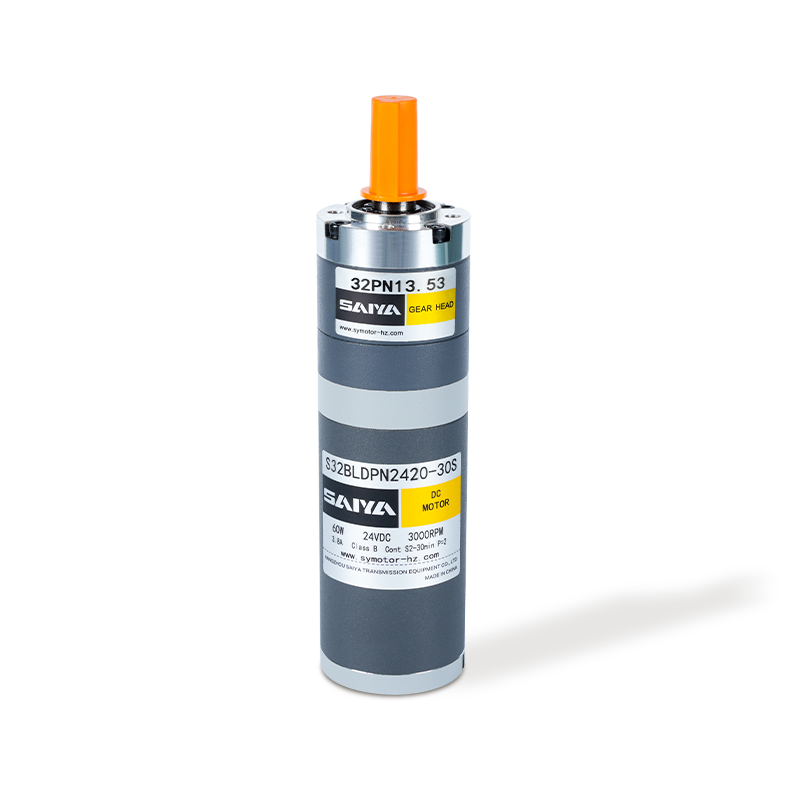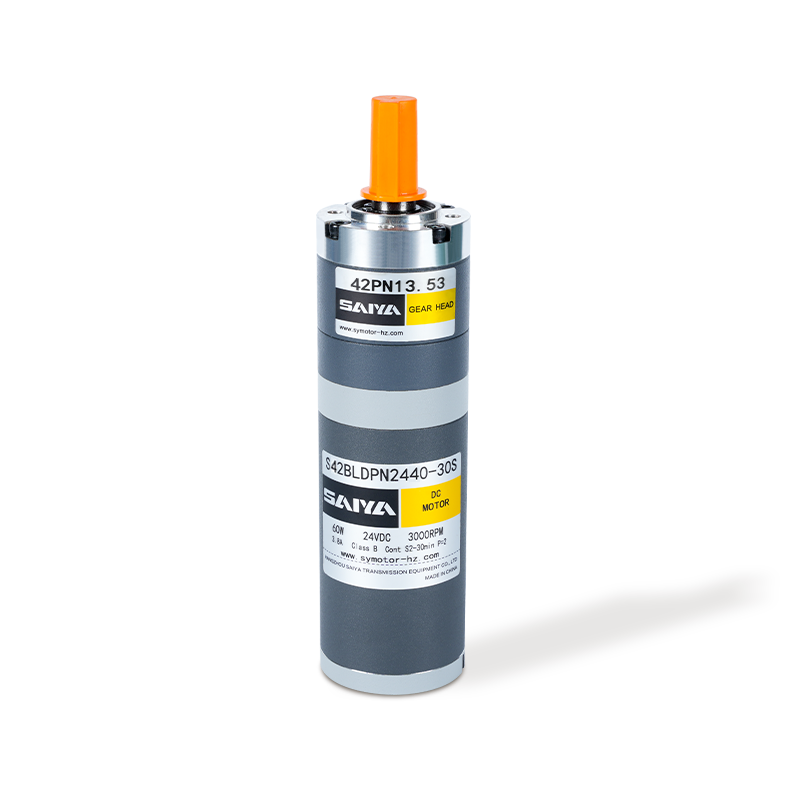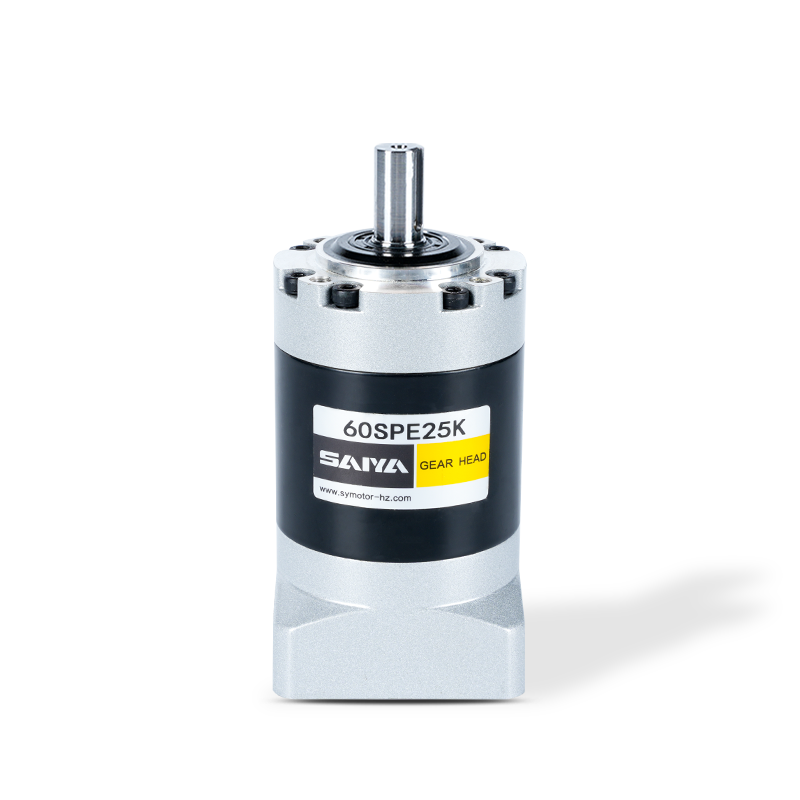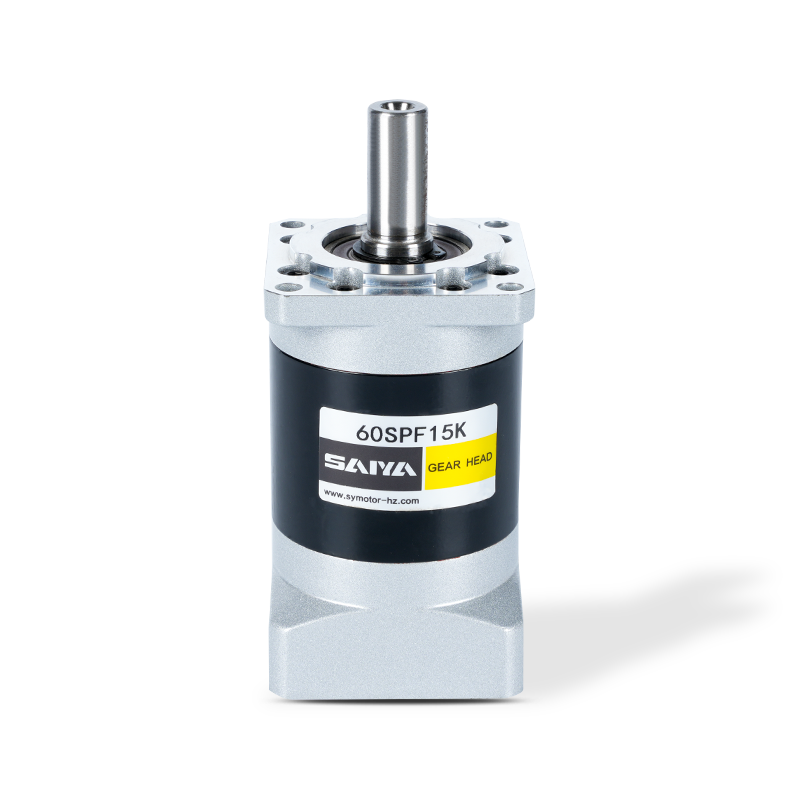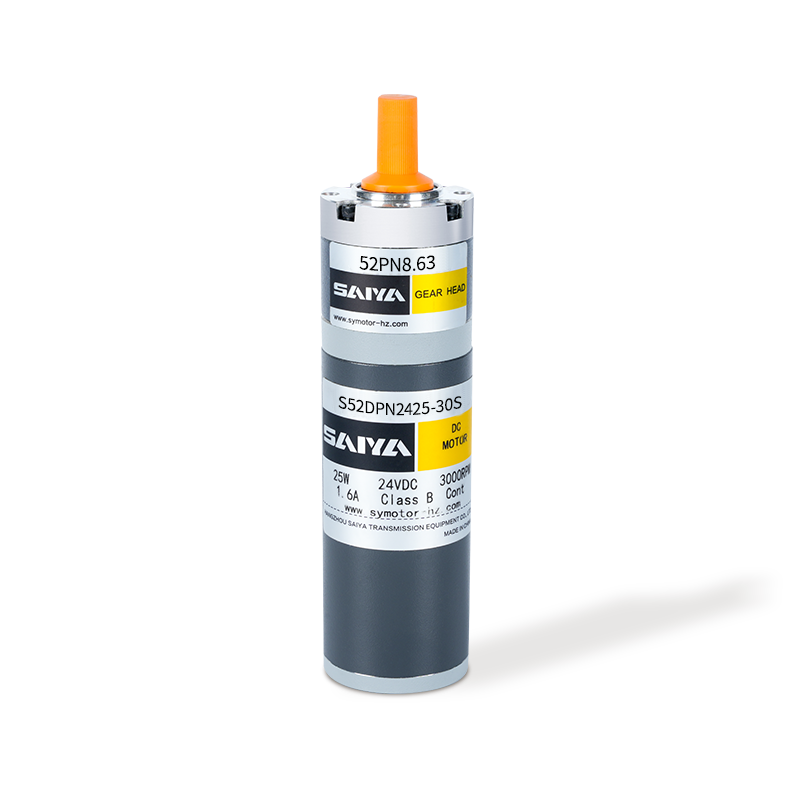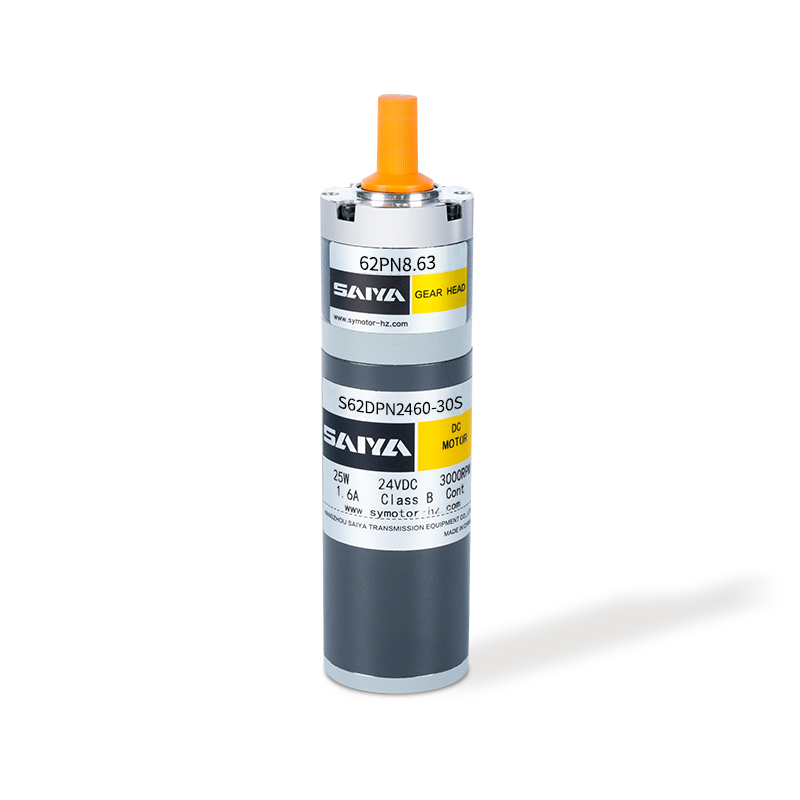Precision transmission core: comprehensive analysis of planetary gearbox
In modern industrial automation and high-precision transmission systems, planetary gearbox has become a key component of many mechanical equipment due to its compact structure, strong load-bearing capacity and high transmission efficiency. Whether in robots, CNC machine tools, medical equipment, or high-end manufacturing fields such as new energy, aerospace, etc., planetary gearboxes can be seen everywhere.
1. What is a planetary gearbox? ——Compact and efficient transmission device
A planetary gearbox is a mechanical device that uses a planetary gear mechanism to achieve speed and torque regulation. Its typical structure consists of a sun gear (Sun Gear), a planet gear (Planet Gear), an inner ring gear (Ring Gear) and a planet carrier (Carrier).
The sun gear is located in the center and is connected to the input shaft;
The planetary gear rotates around the sun gear and meshes with it;
The inner ring gear surrounds the planetary gear and meshes with it;
The planet carrier fixes the planetary gear shaft and transmits the output torque.
This structural design makes the planetary reducer have the characteristics of coaxial output, compact structure, and uniform load distribution, which is an ideal choice for high torque density applications.
2. Five technical advantages of planetary reducers
High torque output, compact size
Multiple planetary gears are stressed at the same time, so that higher loads can be carried per unit volume, which is suitable for occasions with limited space but high power output.

High transmission efficiency (up to 97%)
Optimized meshing method and high-precision processing technology reduce energy loss and improve the overall efficiency of the transmission system.
Low backlash, precise positioning control
Especially suitable for position control in servo motor systems, widely used in industrial robots and automated production lines.
Smooth operation and low noise
Multi-tooth meshing design brings excellent dynamic balance performance, and can maintain low noise even at high speed.
Modular design, easy installation
Multiple output methods and installation interfaces are convenient for cooperation with different types of motors and equipment to improve overall assembly efficiency.
3. Main application areas: covering the core of industrial automation
1. Industrial robots
Planetary reducers are widely used in the joints of robots, especially collaborative robots (Cobot) and six-axis industrial robots. Their high precision and low backlash characteristics are extremely critical.
2. CNC machine tools
Used to drive screws, turntables, tool magazines and other mechanisms to improve processing accuracy and stability, especially suitable for machining centers and engraving and milling machine equipment.
3. Transportation and logistics systems
In automated warehousing systems, AGVs (automatic guided vehicles), conveyor belts and other occasions, planetary reducers provide stable torque output and speed control.
4. New energy equipment
Such as photovoltaic tracking systems, wind power generation yaw systems, and energy storage systems, planetary reducers can provide long-lasting and reliable power output in harsh environments.
4. Selection Guide: How to choose a suitable planetary reducer?
When selecting a model, the following core parameters need to be considered comprehensively:
Reduction Ratio: Select the appropriate output speed according to system requirements;
Rated torque and peak torque: Ensure that there is no overload under maximum load;
Backlash requirements: For systems with high precision requirements, low backlash models need to be selected;
Installation method: Flange mounting, shaft mounting or other customized interfaces;
Input motor matching: Compatible with the mounting interfaces of motors of different brands;
Usage environment: Whether it is resistant to high temperature, waterproof, dustproof, corrosion-resistant and other special requirements.
V. Future development trend: high precision, intelligence, lightweight
With the development of Industry 4.0, higher requirements are put forward for the intelligence, lightweight and integration of transmission systems. In the future, planetary reducers will develop in the following directions:
Higher precision and lower backlash: meet more demanding automation control requirements;
Intelligent monitoring function: integrated sensors, real-time monitoring of temperature, vibration, load status, and failure prevention;
Material and process innovation: Use high-strength lightweight alloy materials and higher-level heat treatment processes to improve performance while reducing overall quality.
Planetary reducers have become an indispensable component in modern high-end equipment manufacturing due to their unique structural advantages and excellent comprehensive performance. In the future wave of intelligent manufacturing, planetary reducers will continue to play a key role, helping global manufacturing move towards a new stage of higher efficiency and higher precision.


 EN
EN  English
English 中文简体
中文简体 русский
русский Español
Español
